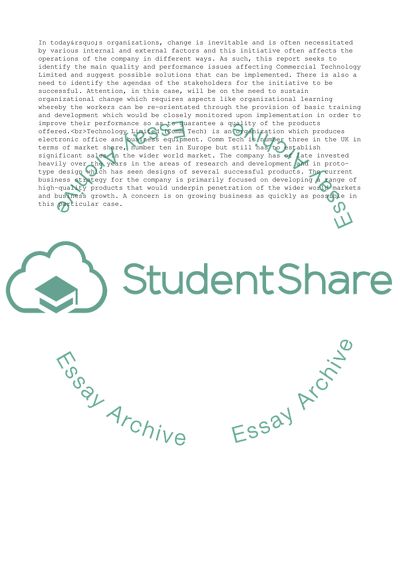Cite this document
(Managing Organisational Design and Change Research Paper - 3, n.d.)
Managing Organisational Design and Change Research Paper - 3. Retrieved from https://studentshare.org/management/1749849-managing-organisational-design-and-change
Managing Organisational Design and Change Research Paper - 3. Retrieved from https://studentshare.org/management/1749849-managing-organisational-design-and-change
(Managing Organisational Design and Change Research Paper - 3)
Managing Organisational Design and Change Research Paper - 3. https://studentshare.org/management/1749849-managing-organisational-design-and-change.
Managing Organisational Design and Change Research Paper - 3. https://studentshare.org/management/1749849-managing-organisational-design-and-change.
“Managing Organisational Design and Change Research Paper - 3”, n.d. https://studentshare.org/management/1749849-managing-organisational-design-and-change.


